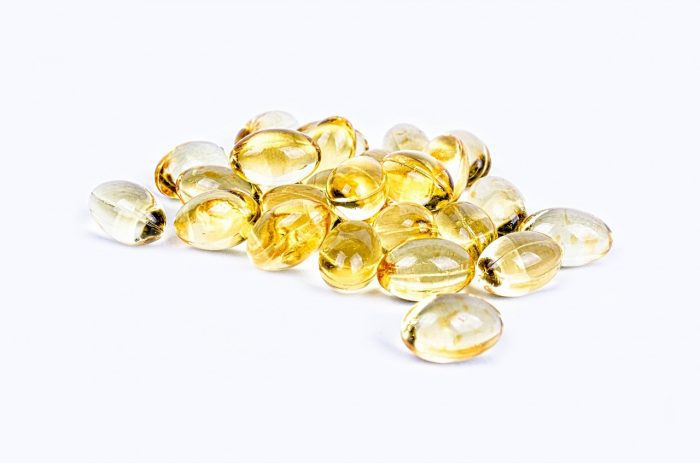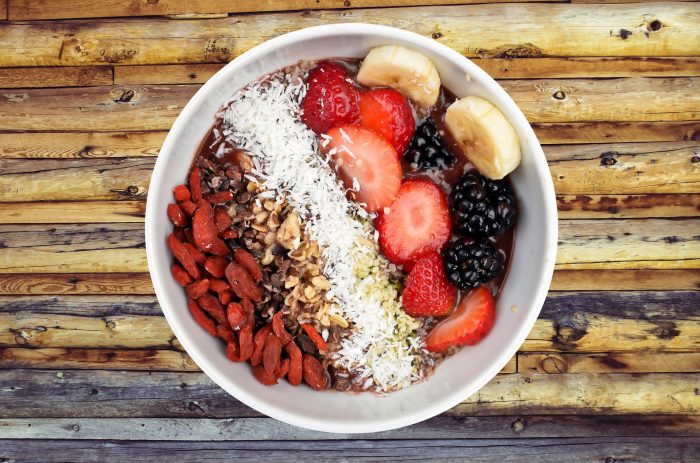Fructose, lactose and gluten may be contributors
By David Dunaief, MD

If you suffer from irritable bowel syndrome (IBS), its symptoms can directly affect your quality of life. They include abdominal pain, cramping, bloating, constipation and/or diarrhea.
According to estimates, 10 to 15 percent of the population suffers from IBS symptoms, although only five to seven percent have been diagnosed (1).
Diagnosing IBS is challenging. While the general perception is that IBS symptoms are somewhat vague, there are discrete criteria physicians use to provide a diagnosis it and eliminate more serious possibilities.
The Rome IV criteria comprise an international effort to help diagnose and treat functional gastrointestinal disorders. Using these criteria, which include frequency of pain and discomfort over the past three months, in combination with a physical exam helps provide a diagnosis.
So, what can be done to improve symptoms? There are a number of possibilities that require only modest lifestyle changes.
Addressing your mental state
The “brain-gut” connection refers to the direct connection between mental state, such as nervousness or anxiety, to gastrointestinal issues, and vice versa.
Mindfulness-based stress reduction was used in a small, but randomized, eight-week clinical trial with IBS (2). Those in the mindfulness group (treatment group) showed statistically significant results in decreased severity of symptoms compared to the control group, both immediately after training and three months post-therapy.
Those in the treatment group were instructed to do meditation, gentle yoga and “body scanning” — focusing on one area of the body for muscle tension detection. The control group attended an IBS support group once a week.
Possible link with migraines
A preliminary study has suggested there may be a link between IBS and migraine and tension-type headaches. The study of 320 participants, 107 with migraine, 107 with IBS, 53 with episodic tension-type headaches (ETTH), and 53 healthy individuals, identified significant occurrence crossover among those with migraine, IBS and ETTH. Researchers also found that these three groups had at least one gene that was different from that of healthy participants. Their hope is that this information will lead to more robust studies that could result in new treatment options (3).
Gluten consumption a factor?
In a small randomized clinical trial, patients who were given gluten were more likely to complain of uncontrolled symptoms than those who were given a placebo, 68 percent vs. 40 percent, respectively (4). These results were highly statistically significant. The authors concluded that nonceliac gluten intolerance may exist. Gluten sensitivity may be an important factor in for some IBS patients (5). I suggest to my patients that they might want to start avoiding gluten and then add it back into their diets slowly to see the results.
What about fructose?
Some IBS patients may suffer from fructose intolerance. In a study, IBS researchers used a breath test to examine this possibility (6). The results were dose-dependent, meaning the higher the dose of fructose, the greater the effect researchers saw. When patients were given a 10 percent fructose solution, only 39 percent tested positive for fructose intolerance, but when they were given a 33 percent solution, 88 percent of patients tested positive.
The symptoms of fructose intolerance included gas, abdominal pain, bloating, belching and alternating bowel habits. The authors concluded that avoidance of fructose may reduce symptoms in IBS patients.
According to another study, about one-third of IBS patients are fructose intolerant. When on a fructose-restricted diet, symptoms appeared to improve (7). Foods with high levels of fructose include certain fruits, like apples and pears, but not bananas.
Considering the effects of lactose
Another small study found that about one-quarter of patients with IBS also have lactose intolerance. Two complications are at play here. One, it is very difficult to differentiate the symptoms of lactose intolerance from IBS. The other is that most IBS trials are small and there is a need for larger trials. Of the IBS patients who were also lactose intolerant, there was a marked improvement in symptomatology at both six weeks and five years when placed on a lactose-restricted diet (8).
Though the trial was small, the results were statistically significant, which is impressive. Both the patient compliance and long-term effects were excellent, and visits to outpatient clinics were reduced by 75 percent. This demonstrates that it is probably worthwhile to test patients who have IBS symptoms for lactose intolerance.
Are probiotics part of the solution?
Treatment with probiotics from a study that reviewed 42 trials shows that there may be a benefit to probiotics, although the endpoints, or objectives, were different in each trial. The good news is that most of the trials reached one of their endpoints (9). Probiotics do show promise, including the two most common strains, Lactobacilli and Bifidobacteri, which were covered in the review.
All of the above provides hope for IBS patients. These are treatment options that involve modest lifestyle changes. I believe there needs to be a strong patient-doctor connection in order to select an approach that results in the greatest symptom reduction for a specific patient.
References:
(1) American College of Gastroenterology [GI.org]. (2) Am J Gastroenterol. 2011 Sep;106(9):1678-1688. (3) American Academy of Neurology 2016, Abstract 3367. (4) Am J Gastroenterol. 2011 Mar;106(3):508-514. (5) Am J Gastroenterol. 2011 Mar;106(3):516-518. (6) Am J Gastroenterol. 2003 June;98(6):1348-1353. (7) J Clin Gastroenterol. 2008 Mar;42(3):233-238. (8) Eur J Gastroenterol Hepatol. 2001 Aug;13(8):941-944. (9) Aliment Pharmacol Ther. 2012 Feb;35(4):403-413.
Dr. David Dunaief is a speaker, author and local lifestyle medicine physician focusing on the integration of medicine, nutrition, fitness and stress management. For further information, visit www.medicalcompassmd.com.















